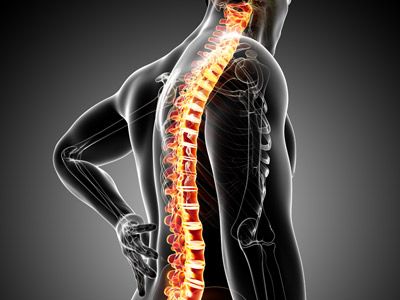Minimally Invasive Spine Clinic
Why Choose Minimally Invasive Spine Surgery?
Spine surgery is traditionally done as "open surgery," meaning the area being operated on is opened with a long incision to allow the spine surgeon to view and access the anatomy. In recent years, however, technological advances have allowed more back and neck conditions to be treated with a minimally invasive surgical technique.
Because minimally invasive spine surgery (MISS), does not involve a big incision, it avoids significant damage to the muscles surrounding the spine. In most cases, this results in less pain after surgery and a faster recuperation.
Spine surgery is typically recommended only when a period of conservative nonsurgical treatment — such as medications and physical therapy — has not relieved the painful symptoms caused by your back problem.
In addition, surgery is only considered if your doctor can pinpoint the exact source of your pain, such as a herniated disk or spinal stenosis.
Minimally invasive techniques are beginning to be used for a wider range of spine procedures, and have been used for common procedures like decompression and spinal fusion since the 1990s. Decompression relieves pressure put on spinal nerves by removing portions of bone or a herniated disk. Spinal fusion corrects problems with the small bones of the spine (vertebrae). The basic idea is to fuse together the painful vertebrae so that they heal into a single, solid bone. This article focuses on decompression and fusion with a minimally invasive technique.
Conditions Treated Using MIS Procedures
Recovery
Minimally invasive procedures can shorten hospital stays. The exact length of time needed in the hospital will vary with each patient and individual procedure, but generally, MISS patients go home in 2 to 3 days.
Because minimally invasive techniques do not disrupt muscles and soft tissues, it is believed that post-operative pain is less than pain after traditional, open procedures. You should still expect to feel some discomfort, however, advancements in pain control now make it easier for your doctor to manage and relieve pain.
To help you regain strength and speed your recovery, your doctor may recommend physical therapy. This will depend on the procedure you have had and your general physical condition. Specific exercises will help you become strong enough to return to work and daily activities.
If you have had a fusion procedure, it may be several months before the bone is solid, although your comfort level will often improve much faster. During this healing time, the fused spine must be kept in proper alignment. You will be taught how to move properly, reposition, sit, stand, and walk.
How long it will take to return to your daily activities after MISS depends upon your individual procedure and condition. Your doctor will evaluate you after your surgery to make sure that your recovery is progressing as expected.




